Seven tools to organise creative references
ho
A review of the most interesting applications for saving, finding and organizing references effectively, beyond Instagram and Pinterest.
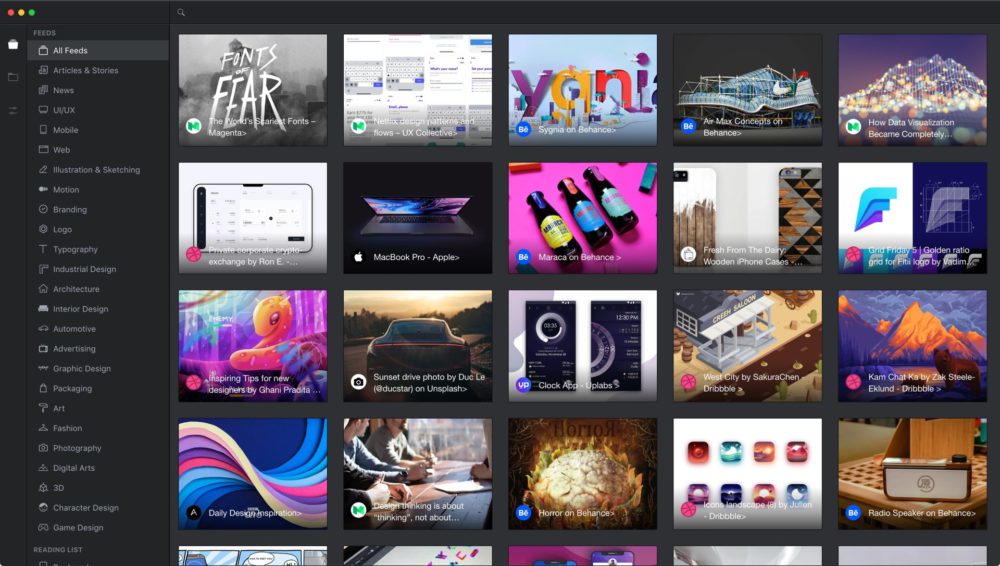
It must have happened to you. Where did I see that image? Which board did I pin it to? Maybe I saved it on Instagram? No. Let’s see if I can find it in a folder on the computer… No trace. After at least 20 minutes trying to find the missing reference, you resignedly search for an alternative, and you tell yourself, once again, that you need to put some order. The Marie Kondo effect – the Japanese guru of order – has spread from your closet to your “archive” of references.
Considering the sea of images and information in different formats in which we navigate daily, it is difficult to find a place to easily save, organize and share references in a unified way. Also, depending on the needs of each user, there are more suitable options than others. We have highlighted seven tools, each for a type of professional. We hope you find the one that suits you best if you are looking for a way to bring order to your digital files and references.
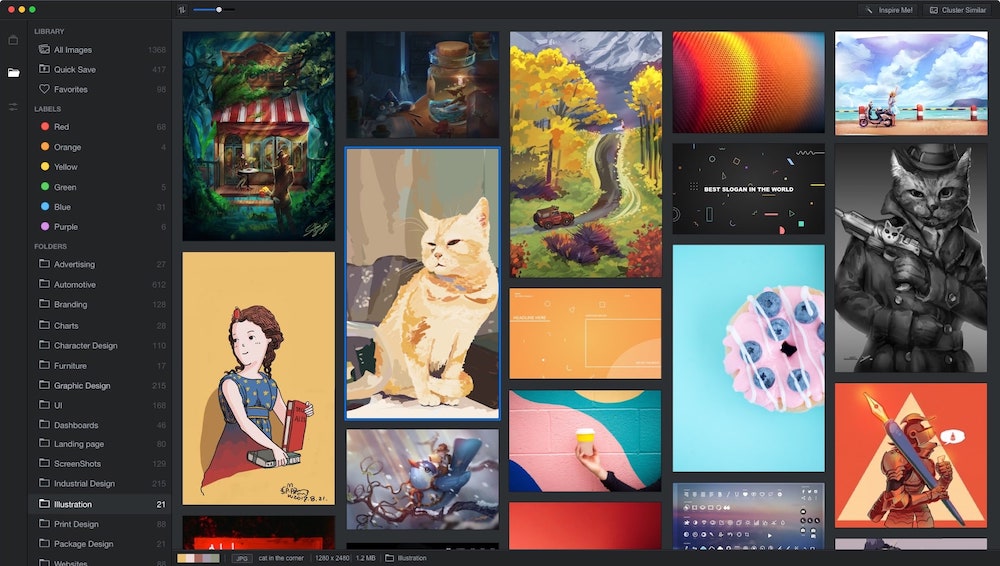
References.design
For the ones that need constant inspiration
Web
Marketed as “the secret recipe for inspiration”, it’s made to explore, discover, and organize digital inspirations from all the popular design communities, as well as for importing personal collections. It contains a browser with a curated selection of fonts for continuous inspiration, which you can save in dynamic folders. It also allows you to organize your personal files by connecting to your existing folders, in external storage or even on a remote server, without the need to duplicate files. These images will be scanned and cached for offline access. References also has an advanced labelling system with automatic detection of styles, colours and shapes. Perhaps its most unique feature is the Inspire Me button, and the ability to provide images similar to a certain image or curated selections from external platforms that will keep you connected with current trends.

Collect
For the ones that create on the go
Web
Unlike References.design, Collect is an app for collecting and sharing references only over the phone. The tool was launched in 2018 by WeTransfer, after realizing the amount of references we run into when using our phones, and the difficulty of saving and organizing these content. Samuel Beek, its Product Manager, describes the usefulness of the application as follows: “We have tons of screenshots, strange notes full of links, and we even send each other text messages to save interesting things. That is why we have created a space where to add content (links, articles, photos, whatever) from all applications and to collaborate.” Collect offers the possibility to quickly and visually collect and share content via mobile phone (be it sharing recipes, collaborating in the renovation of a house, planning a trip or creating a moodboard). If you are one of those who ideates or connects ideas “on the go”, Collect can be a good option to manage all the content that comes into your hands.
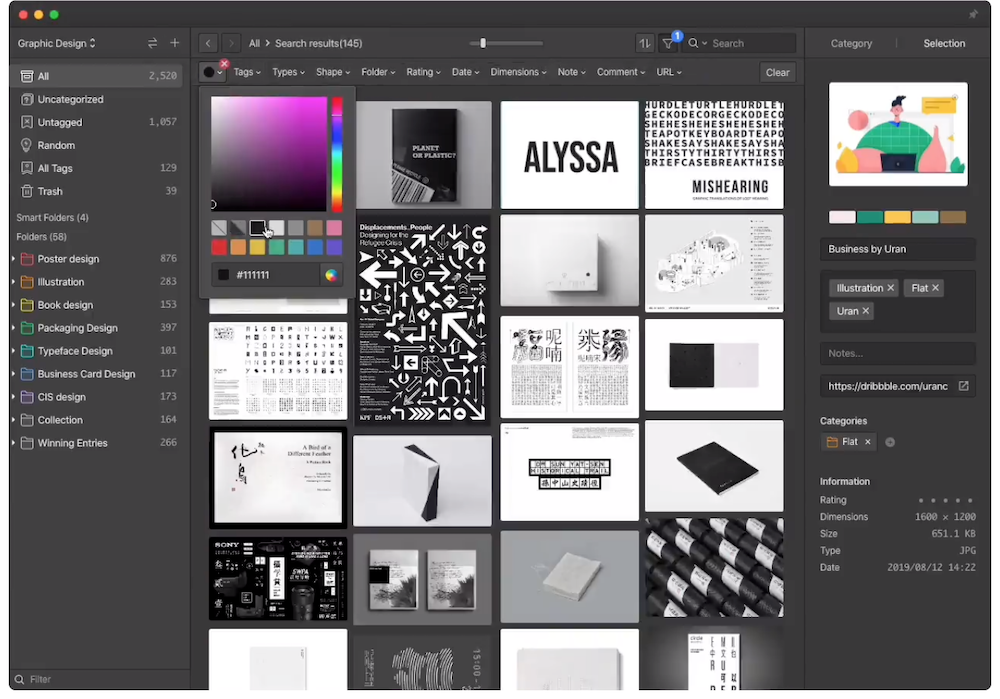
Eagle.cool
For the rigorous
Web
It is defined as “the design library that helps you be 10 times more organized” and is one of the most valued tools right now to collect, search and organize all types of files logically and in the same place on your computer or laptop. It emerged in 2016 and continues to offer improvements to its users. With a simple extension, it allows you to save files from any browser, take screenshots, drag, copy and paste, tag individually and in groups, add annotations, sort in fixed and dynamic folders, filter by colours, tags, keywords, file type and sync with Google Drive, Dropbox, One Drive or any other cloud storage service. If you are looking to rigorously organize your file and save time searching for references, this may be the best solution for you.
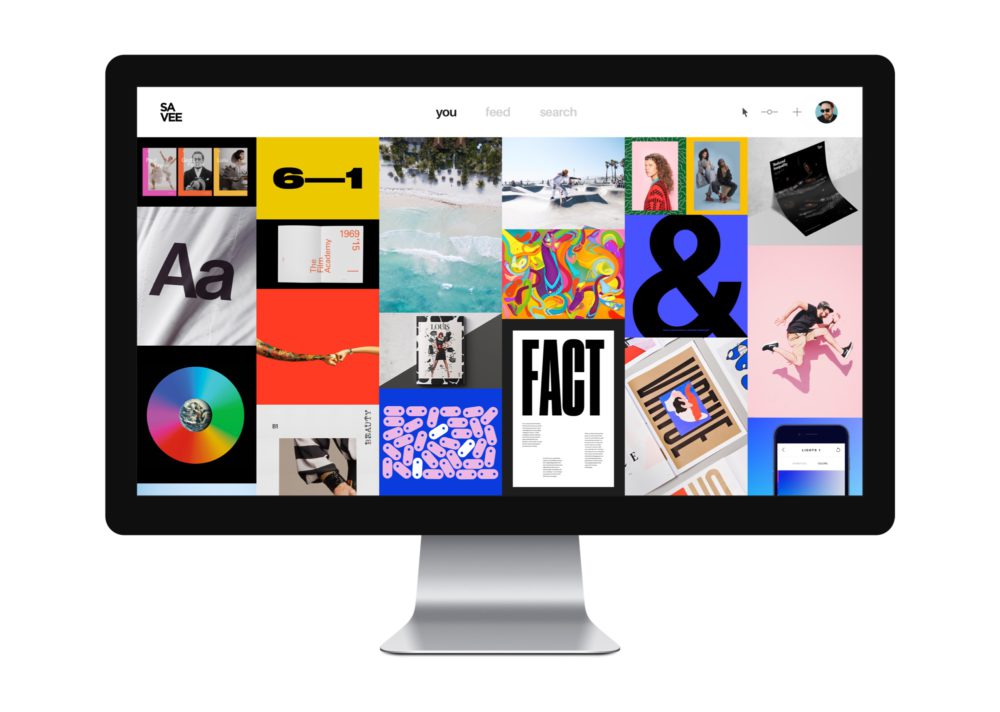
Savee
For the visually led
Web
Savee is similar to references.design and eagle.cool, but is more visually appealing. It was created in 2016 by Andre do Amaral, a California-based Brazilian designer who works for YouTube and Google, and in the past worked on the design team for Squarespace, Netflix, Sony and Herman Miller. The tool allows you to save images from any website, import from Pinterest and Tumblr and easily customize and print mood boards.
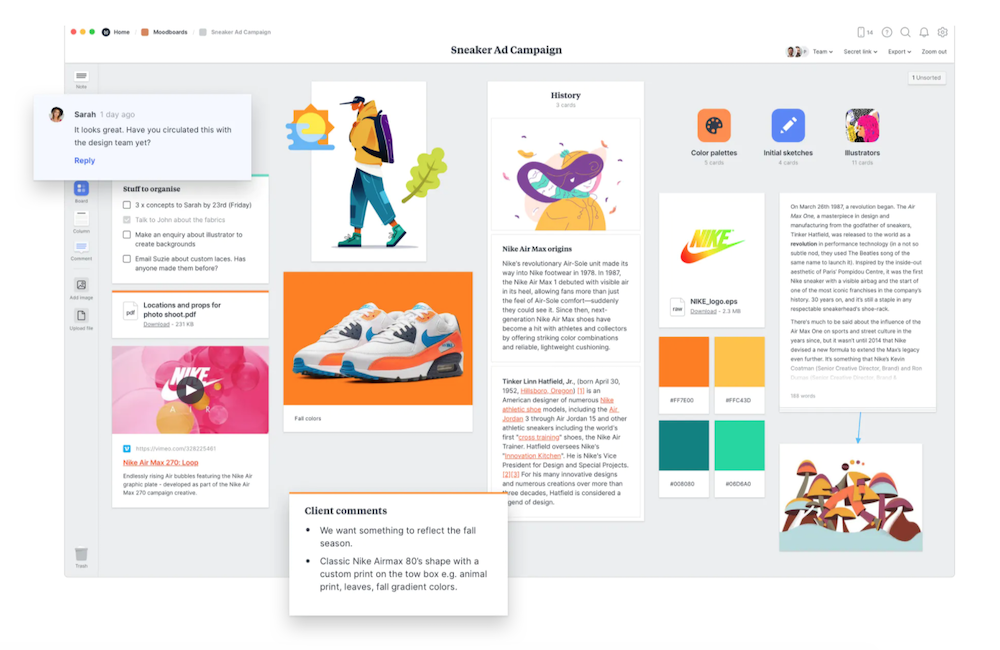
Milanote
For the eclectic and detail-oriented
Web
Launched in 2016, Milanote could be defined as a more visual Evernote. Unlike references.design or eagle.cool, Milanote is more useful for creating moodboards and organizing specific research in a visually appealing and quick way, than for easily archiving and searching for material. Perhaps less geared towards graphic designers, who are more used to creating moodboards easily on InDesign, it is a more useful tool for professionals who do not master graphic design programs but value being able to organize references of all kinds in an attractive or visual way.
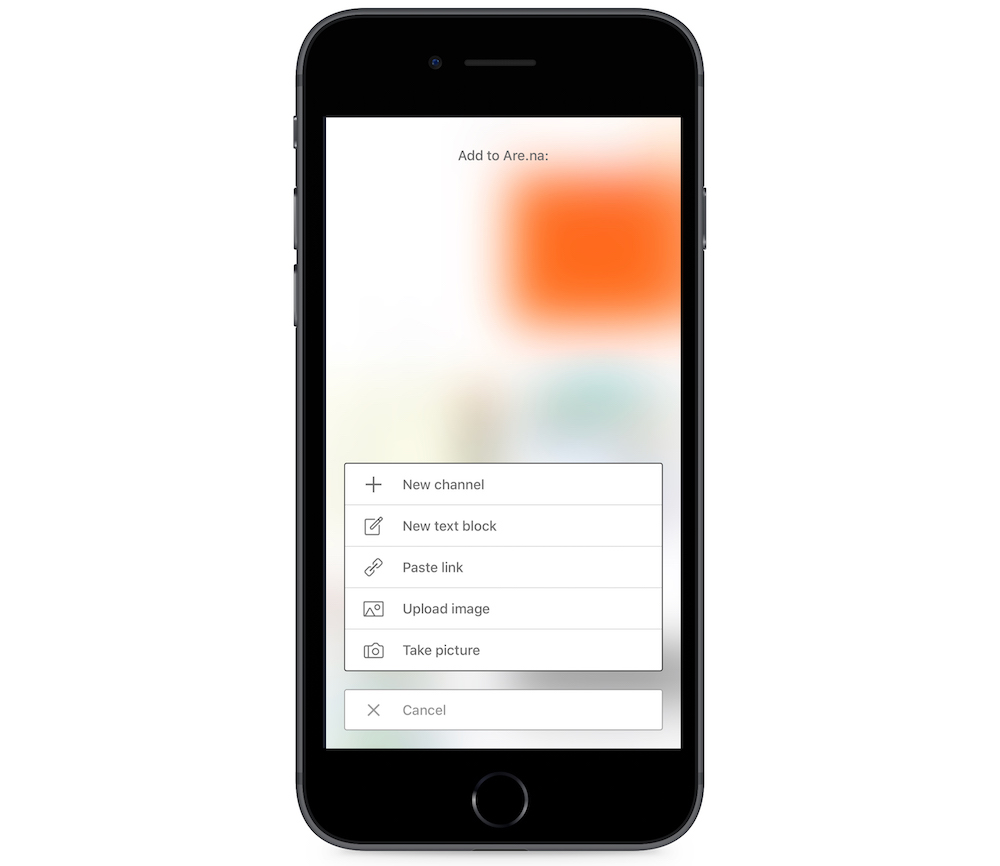
Are.na
For curators and thinkers
Web
This tool was created to collect and and relate content of all kinds, and not just images or purely graphic files. Created in 2014 under the motto “Build ideas mindfully”, it is an organizational tool designed to help the user to gather knowledge through the creation of simple collections of content based on links and files of any type. Without ads, likes, or recommendations, Are.na is a more attentive space where you can structure long-term ideas and build new forms of knowledge online, collaborating privately or creating public collections for everyone.
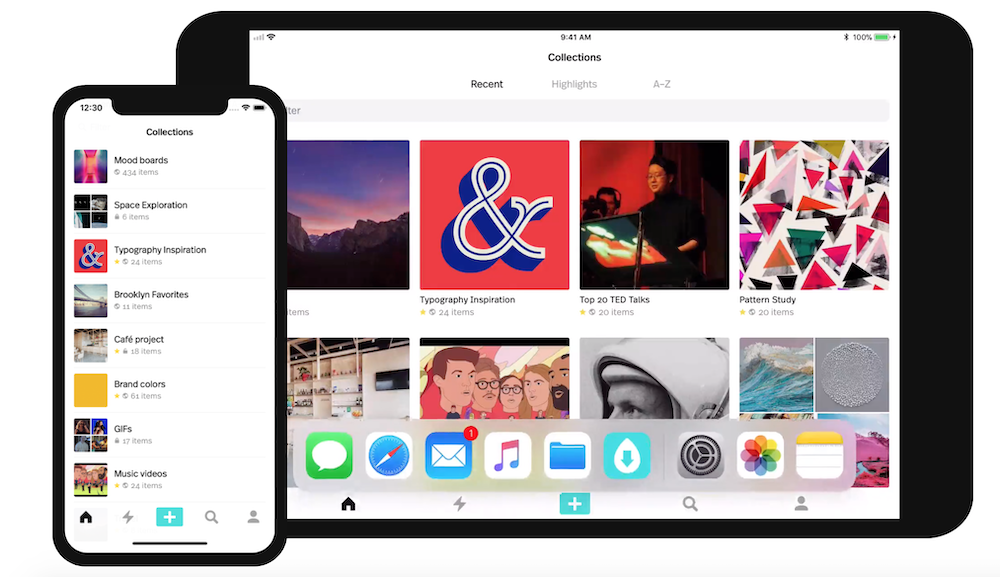
Dropmark
For creative teams
Web
Launched in 2011, it is one of the tools to organize content with a better track record and number of adepts, especially among creative teams. Considered as a Pinterest for professionals who require speed and not the distractions of social whistles, it allows to organize links, files and notes in visual collections for creatives and teams without ads and privately, and is available for Mac and iOS (Iphone and Ipad ).